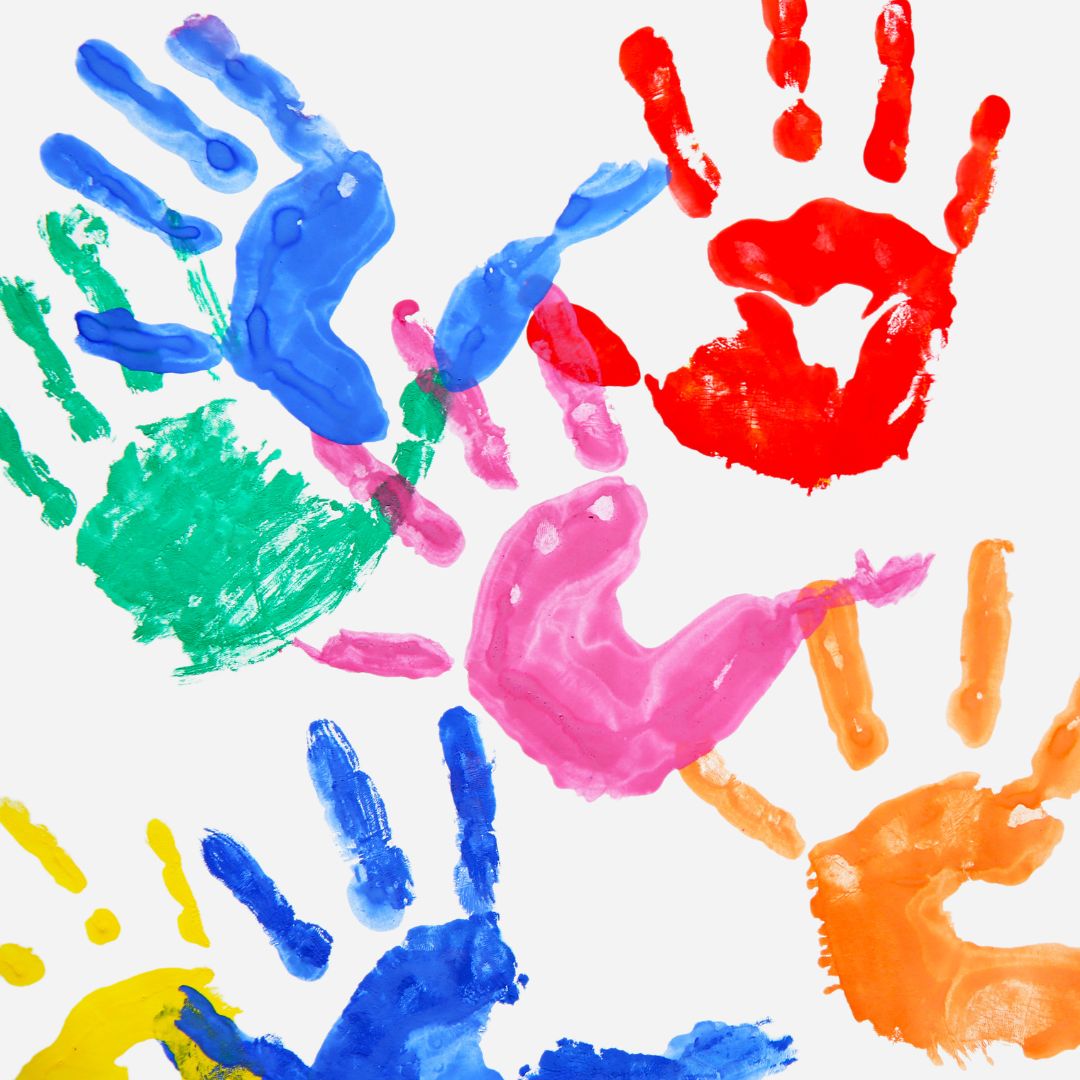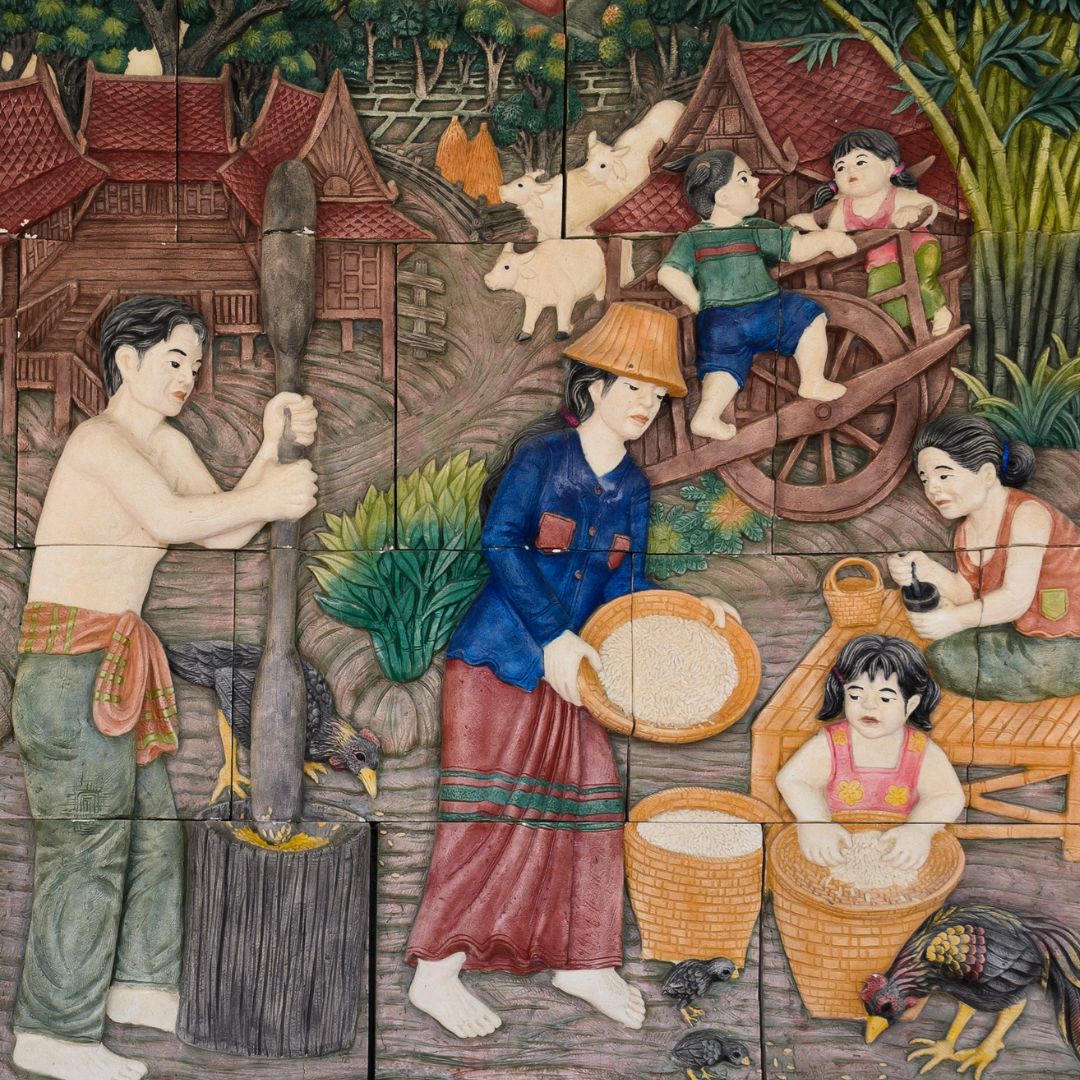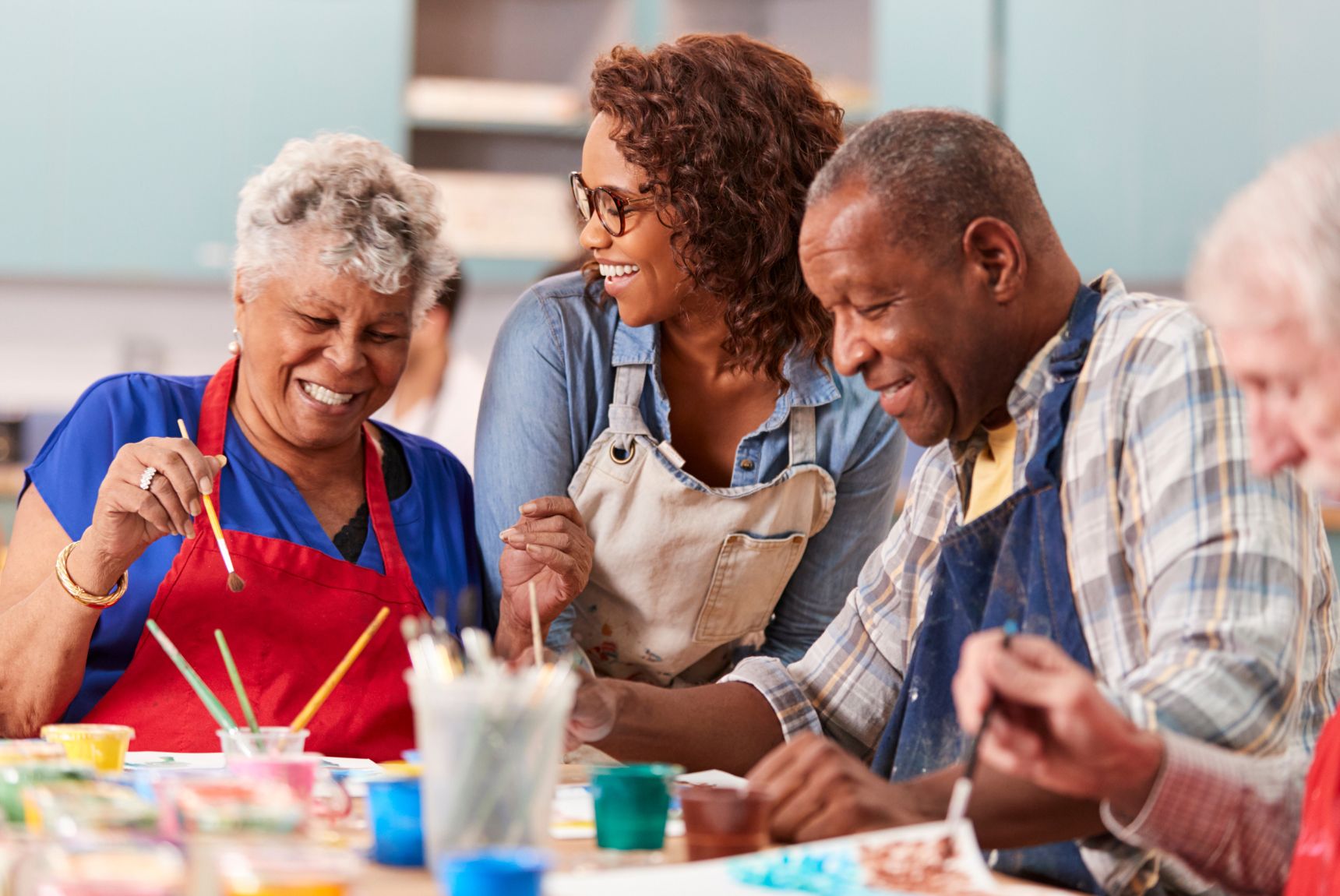Art plays a crucial role in shaping societies and fostering meaningful connections between individuals. Its ability to transcend language and cultural barriers makes it an invaluable tool for building community and promoting cultural awareness. By bringing people together to share experiences, art serves as a bridge that fosters understanding, empathy, and unity in an increasingly globalized world.
One of the most significant ways art contributes to community building is through its ability to inspire dialogue and collaboration. Public art installations, community murals, and collaborative projects provide opportunities for people to engage with one another while expressing their unique perspectives. These initiatives often serve as catalysts for conversations about shared values, histories, and aspirations. For example, murals that depict local heritage can spark discussions about a community's history, creating a sense of pride and belonging among residents.

Art also serves as a platform for amplifying underrepresented voices and celebrating diversity. By showcasing the stories and traditions of different cultures, art promotes inclusivity and fosters greater appreciation for the richness of human experiences. Cultural festivals, theater performances, and exhibitions allow communities to explore and celebrate their differences while finding common ground. This shared exploration helps to break down stereotypes and build bridges between people of varied backgrounds.
Another critical aspect of art in building community is its therapeutic and transformative power. Engaging in artistic activities can help individuals process emotions, heal from trauma, and connect with others. Art therapy programs, for instance, provide a safe space for individuals to express themselves and find solace in shared creativity. Similarly, community art projects often unite people around a common goal, fostering teamwork and mutual support.
Art also enhances cultural awareness by preserving and transmitting traditions from one generation to the next. Through dance, music, visual arts, and storytelling, communities pass down their histories, values, and knowledge. This preservation not only strengthens cultural identity but also helps to educate others about different ways of life. In a world where globalization can sometimes erode local traditions, art acts as a guardian of cultural heritage, ensuring its continuity and relevance.

The economic benefits of art cannot be overlooked, either. Art-related activities and events often draw visitors, boost local economies, and create job opportunities. By investing in cultural institutions and programs, communities can cultivate a vibrant, creative environment that attracts talent and fosters innovation. A thriving arts scene enhances the overall quality of life, making communities more attractive places to live and work.
In conclusion, art is a powerful force that unites people, celebrates diversity, and preserves cultural heritage. It plays an essential role in building stronger, more empathetic communities and promoting cultural awareness. By investing in and supporting the arts, we can create a more inclusive and connected world. Whether through a community mural, a theater production, or a cultural festival, art continues to inspire, educate, and bring people together in ways that few other mediums can achieve.

